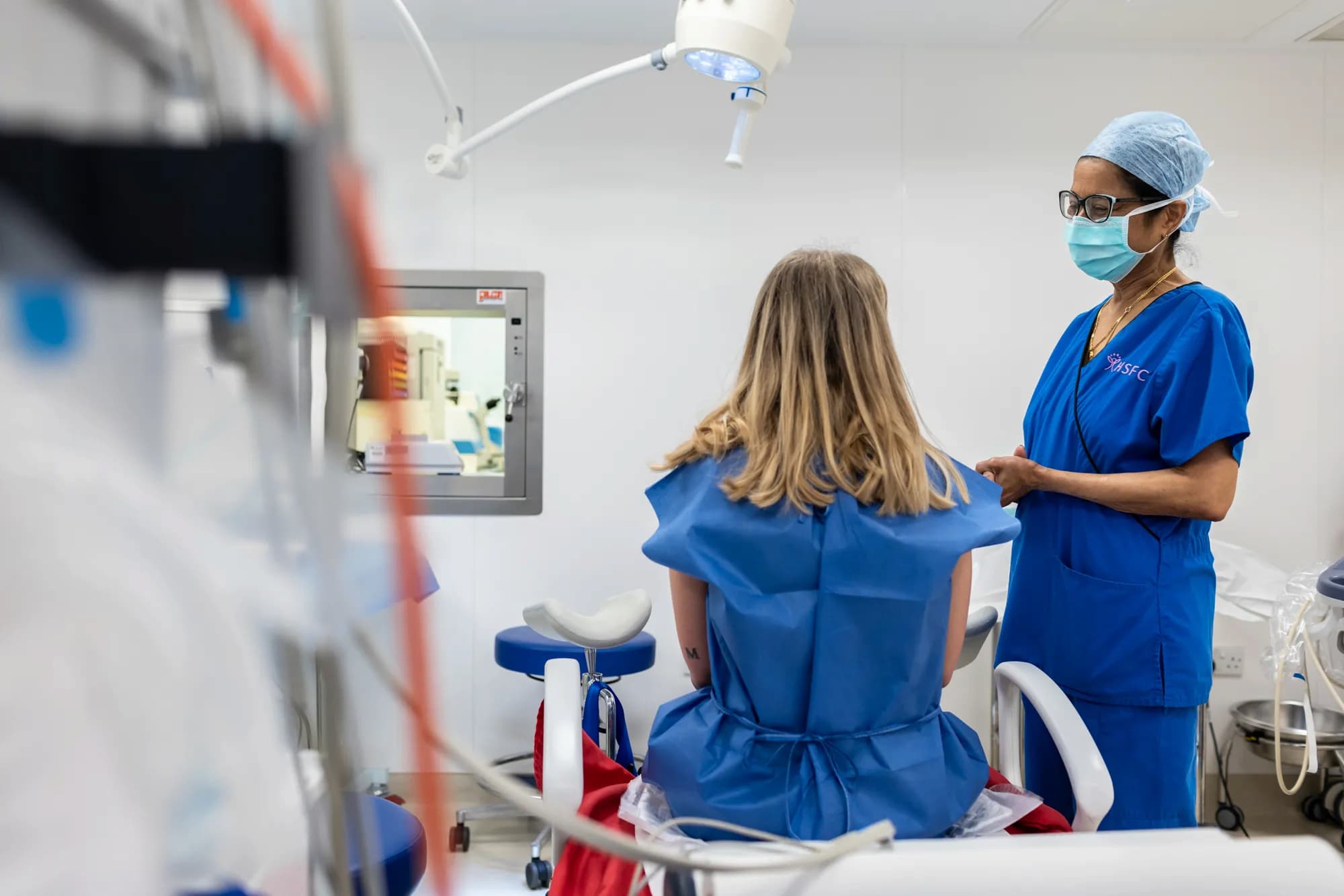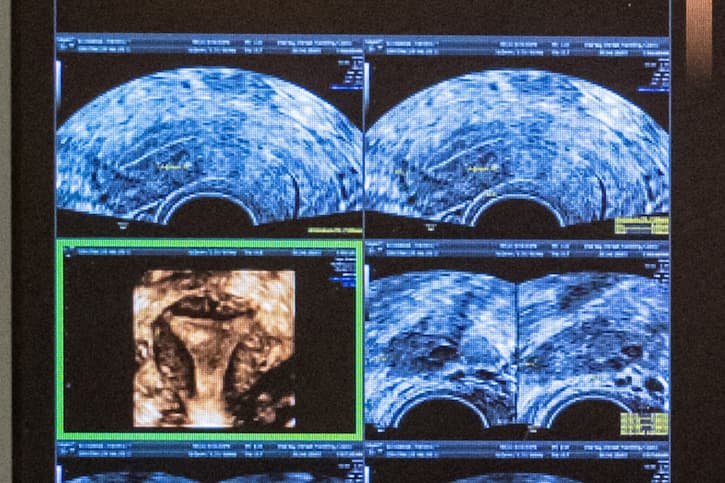Prepare your uterus with an Endometrial Scratch
A gentle scratch to the lining of the uterus followed by a saline rinse can increase the chances of embryo implantation.
Introduction
Is endometrial scratch right for me?
Whether your journey to parenthood is just beginning or you’re bravely facing another cycle of IVF or ICSI, our focus is always to maximise your chances of a successful pregnancy. Although there are many steps to take for that to happen, an endometrial scratch followed by a saline rinse (hysterogram) is a key part of that process. Recent research suggests that scratching the lining of your uterus triggers a ‘repair reaction’, which may increase the chances of embryo implantation.
Who’s it for
You might want to have an endometrial scratch if…
- You’re having an embryo transfer as part of an IVF, ICSI or frozen embryo transfer (FET) treatment
- You want to maximise the chance of a successful implantation
- You’ve experienced implantation failure before
- You have suffered recurrent miscarriages
Statistics at Harley Street
We’ve helped many partners, individuals and LBGTQ+ couples start their family since we opened our clinic in 2010 and we have some of the highest success rates for IVF in the country.

The endometrial scratch procedure and what to expect
Step 1: An initial consultation
We put every patient on the best possible treatment plan with the highest chance of success. As an endometrial scratch is something we can do to supplement other fertility treatments such as IVF, the first step will be a discussion between you and your doctor about whether it might be beneficial for you.

Step 2: Preparation
As this procedure should never be carried out during pregnancy, you’ll be advised not to have unprotected sex in the current menstrual cycle of your procedure. You’ll also be screened for Chlamydia and Gonorrhoea. Then on the day about 30 minutes before, we recommend you take an over-the-counter pain killer such as Ibuprofen.
The procedure can be performed under anaesthesia (sedation) to avoid discomfort, if you are sensitive in the area or have a lower pain threshold.
We might arrange further scans to monitor the development of your follicle(s) and endometrium.

Step 3: The procedure



"Embryo testing and an endometrial scratch were part of our IVF treatment."
Kaylie
